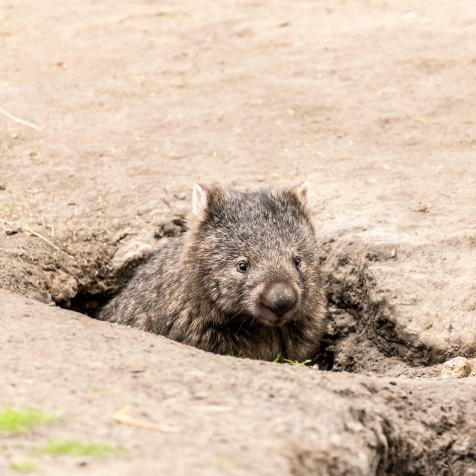
Shutterstock
If Cicadas Come Out Once Every 17 Years, Why Do You See Them Every Summer?
These mysterious insects have one of the strangest life cycles in the natural world.
In certain parts of North America, you can expect it every summer: the constant, droning buzz of cicadas. But if you hear it every summer, how is it possible that cicadas only come out every 13 years?
One Of These Broods Is Not Like The Other
The periodical variety of the winged insects known as cicadas spend most of their lives underground, sucking sap from tree roots as they slowly grow into adulthood. Finally, after either 13 or 17 years, depending on the breed, the cicadas finish counting the annual blooming of the trees, wait for the soil to warm, and tunnel straight up out of the ground.
But if periodical cicadas only emerge every 13 or 17 years, why do we see them every year? It's because they don't all emerge at once. Cicadas are grouped into roughly 15 broods: 12 broods of 17-year cicadas and three broods of 13-year cicadas. Each of these broods emerge in different years, so residents in cicada regions rarely spend a summer without them. On top of that, many other species of cicada aren't periodical but annual, meaning they emerge every year.
This article first appeared on Curiosity.com.


















